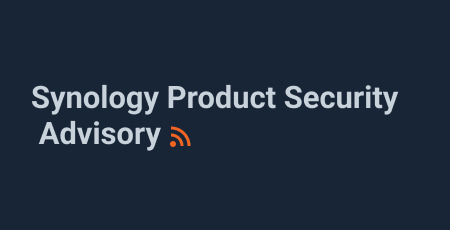Infrastructure security
Synology’s internal infrastructure and response teams work collaboratively to improve organizational resilience, and to mitigate and respond to cyber threats. Through endpoint protection, zero-trust access, and centralized management of security updates, Synology's teams work proactively to protect infrastructure and assets. Synology’s infrastructure team further monitors network traffic, reducing the risk of cyber threats, and all of Synology’s security teams are involved in establishing ongoing security guidelines for the entire company.
Product development security
Developers follow Synology’s internally-published standards for secure coding when developing products. All code undergoes review, and every component submitted is confirmed by project architects. Code signing is used at relevant development points, reducing potential threat vectors. Importantly, Synology also follows standard Secure Development Lifecycle (SDLC) practices for each product, assuring quality, security, and maintainability in every release.


